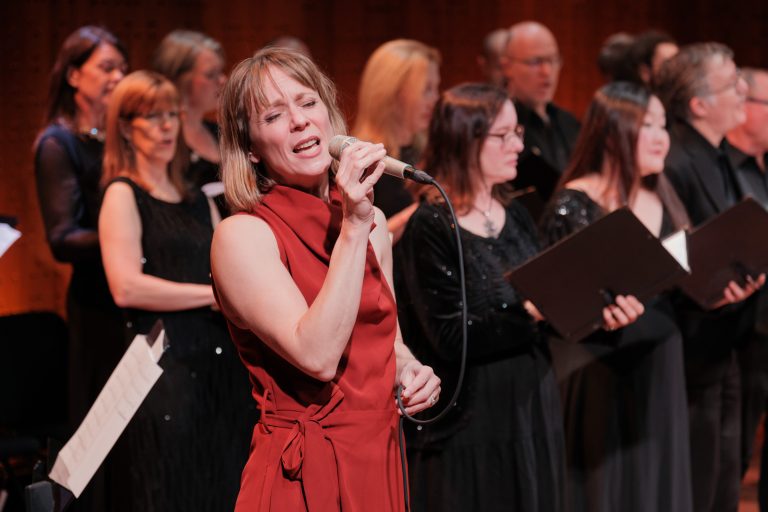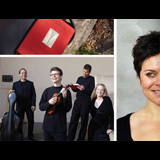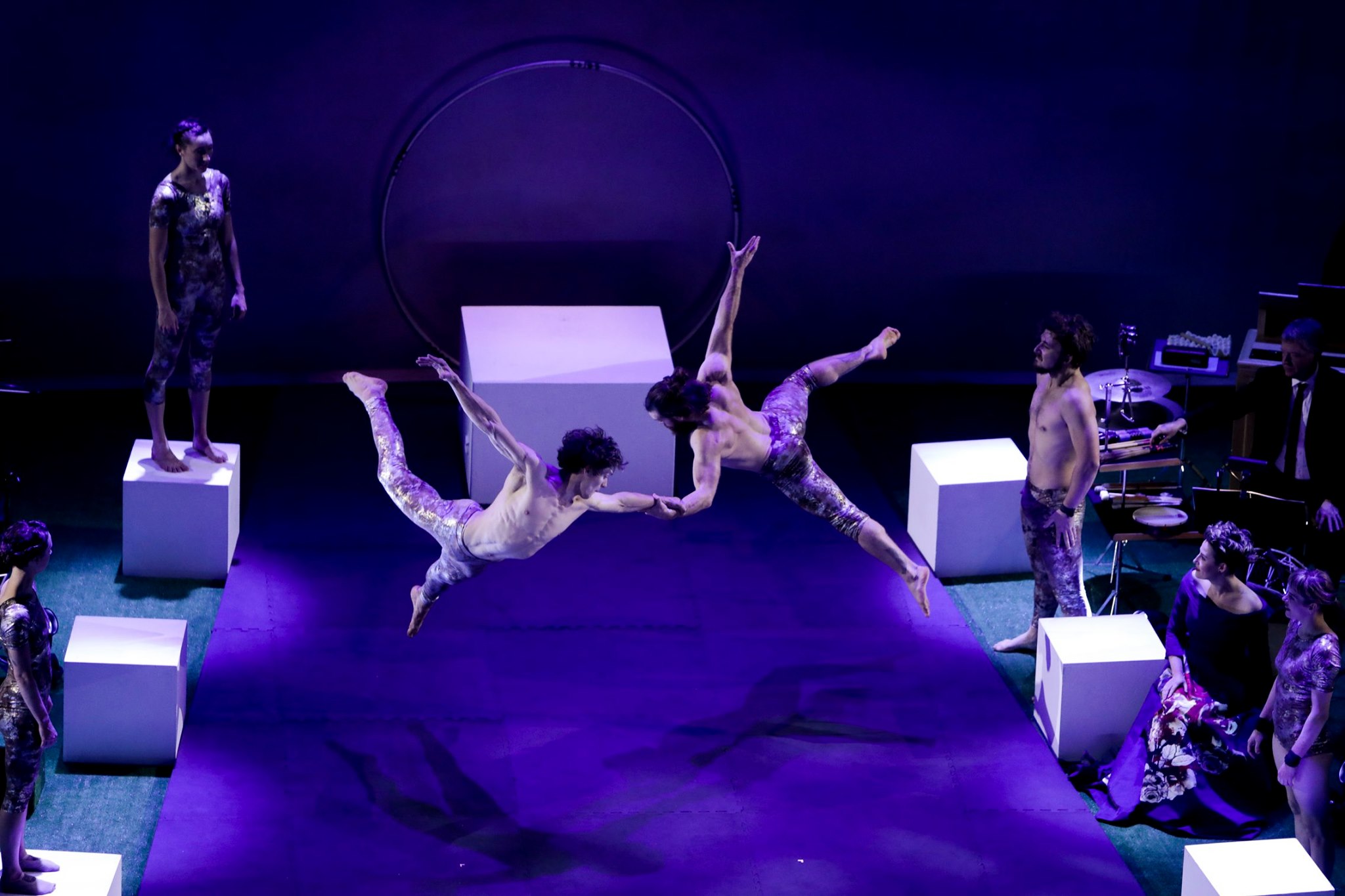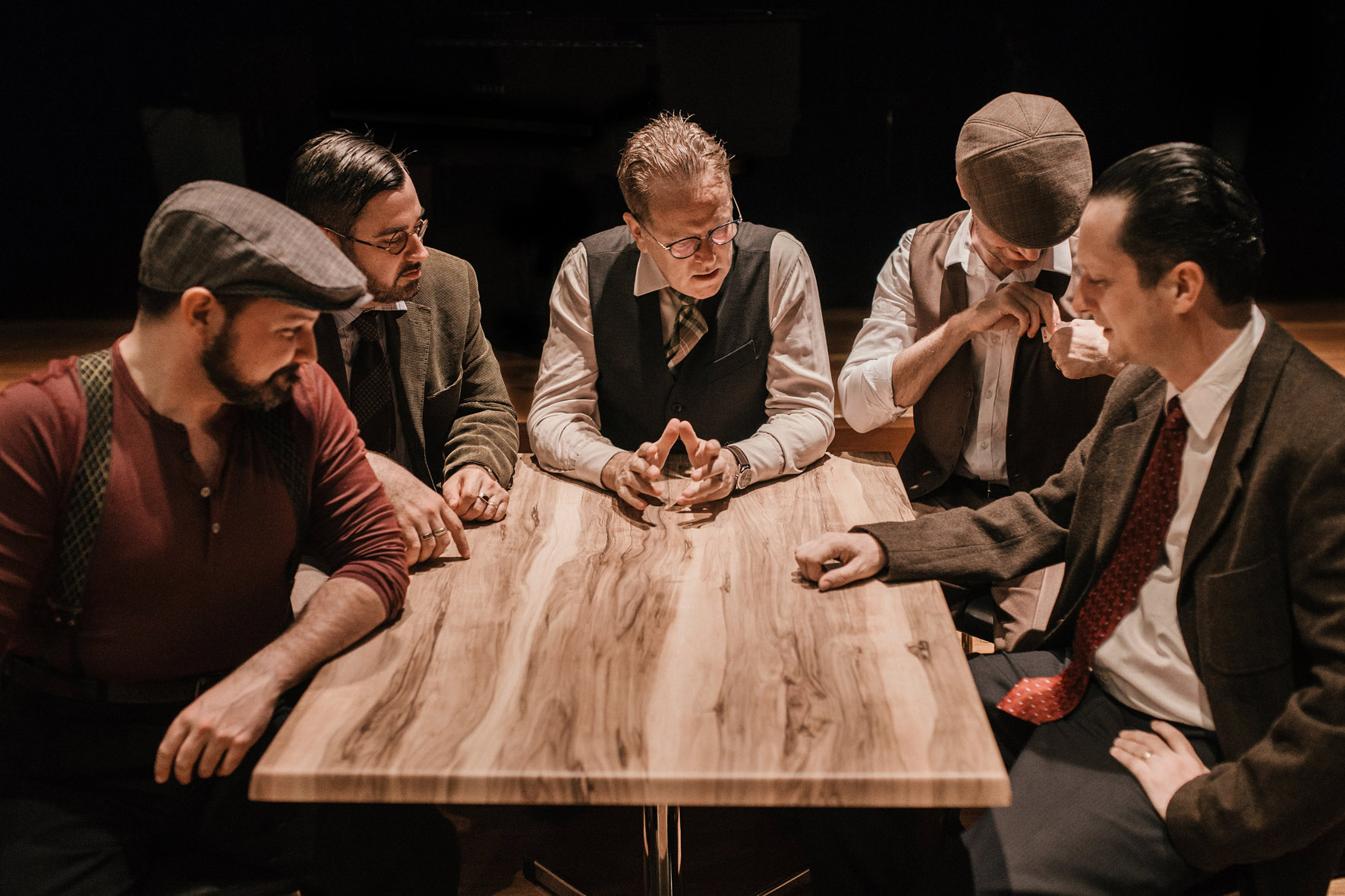Vivaldi recomposition rekindles a first love
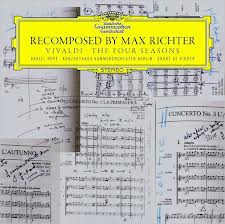
Vivaldi’s The Four Seasons must surely be one of the most recorded works in history. Amazon’s listing of available recordings stretches to over 2000. It is a work that represents a coming of age for any violinist aspiring to a solo career. Perlman, Kennedy, Jansen, Shaham and Mutter have added their names to the roll of performers; Vivaldi’s violin concerti, the first 4 of 12, opus 8, have undergone numerous transformations at the hands of composer and arrangers. There are versions by recorders and brass; James Galway transcribed it for the flute; it’s been heard in its Baroque purity and in sweetened muzak; it’s even suffered the indignity of being purloined by advertisers as background music in commercials. Published in Amsterdam in 1725, its original thesis, reflected in its title Il cimento dell’ armonia e dell’ inventione (The contest between harmony and invention) has long been forgotten. Unfortunate, for Vivaldi was a consummate innovator and composer of an onomatopoeic style that presaged the programme music of later years.
News of a re-composition of Vivaldi’s Four Seasons could either raise an eyebrow or a yawn. German -born British composer Max Richter was invited by Deutsche Grammophon to contribute to its ‘Recomposed’ series, where contemporary artists re-work an original piece of music, making it accessible to a wider audience.
A student of Luciano Berio, Max Richter’s compositions encompass concert music, film music, solo albums, and music for ballet and opera. His work includes the score to Waltz with Bashir, Martin Scorsese’s Shutter Island and Ridley Scott’s Prometheus. He has written music for dance works at the Royal Ballet, the American Ballet Theatre and Dresden Semper Oper. His opera SUM, premiered at The Royal Opera House, London in May 2012.
Richter’s approach was to ‘recompose’ rather than ‘rearrange’ Vivaldi’s original score, combining some of its elements with his own writing. The result is a work that is innovative yet hauntingly familiar. The 12 movements have become 13 with the creation of a 42 second prologue but the overall work has been reduced to 43 minutes..
In recomposing The Four Seasons, Richter has toyed with the harmonies, melodies and rhythms of Vivaldi, creating surprise out of the predicted and challenging what has been loved but taken for granted. There is the distinctive flavour of the Baroque, into which Richter has threaded his own style with the use of minimalist loops, the ‘relentless pulse’ of dance music, electronic sounds, syncopation and multi-metric rhythms. There is even a hint of satire.
Richter says “Vivaldi’s music is made of regular patterns, and that connects with post-minimalism, which is one strand in the music that I write. That felt like a natural link, but even so it was surprisingly difficult to navigate my way through it. At every point I had to work out how much is Vivaldi and how much is me. My score contains passages that are 90 per cent my own material, and others where I have changed only the odd note of the original, slightly shortening individual bars, lengthening others, moving others still. It was difficult but also rewarding because the raw material is so fascinating.”
Recorded in Berlin in March 2012, the violin soloist in Richter’s The Four Season recomposed is the British violinist Daniel Hope who performs with the Konzerthaus Kammerorchester Berlin conducted by the German conductor André de Ridder and harpsichordist Raphael Alpermann. Sydney audiences recently saw de Ridder conduct the Sydney Symphony in the soundtrack from Kubrick’s 2001: A Space Odyssey as part of the Sydney Festival. Hope is a former member of the Beaux Arts Trio, and adept at both contemporary and classical repertoire. Richter points to Hope’s versatility: “Violinists have The Four Seasons hardwired in their brain. Daniel is likely to play the original I don’t know how many times a year, and for him to have a parallel text going on in another part of his brain is a challenge…but he was fully prepared to cut this new swathe through the text.” Hope performs on the “Ex-Lipinski” violin made in 1742 by Giuseppe Guarneri del Gesu and loaned to him privately.
Both de Ridder and Hope held early reservations about the project, founded on the ubiquity of the original and the unfortunate re-arrangements that abound. Both had their fears allayed once they heard early excerpts. Hope says ” I have always shied away from recording Vivaldi’s original; there are simply too many other versions out there. Max’s reworking has persuaded me to listen to the piece anew and has restored my appetite for the original.”
For de Ridder, Richter’s re-composition of The Four Seasons has paved the way for not just the renaissance of this work but of other classical standards as well. “I have gained an entirely new and fresh insight into the original. I can well imagine that what Max has done will show us a way of re-evaluating other older works and of striking out in new directions with them” he says. “I’d initially been sceptical; I couldn’t help thinking of all the bad pop and jazz versions of The Four Seasons. My scepticism evaporated when Max played me his demo tapes. His version uses contemporary compositional techniques more familiar from electronic pop music…. he applies these techniques ….. to the point where now I almost prefer the end product to the original. Vivaldi’s music, like all baroque music, contains harmonically advanced, ambient and – I have no hesitation in using terms from pop music – groovy, rock elements. Max brings a new intensity to these aspects, clarifying, multiplying and elaborating them, and through his work.”
This recording is a worthy addition to the library. Richter has not only created a clever and entertaining recomposition, but he has re-ignited the affair with the first love.
Shamistha de Soysa for SoundsLikeSydney©
Recomposed by Max Richter – Vivaldi The Four Seasons, DG 481 0044


